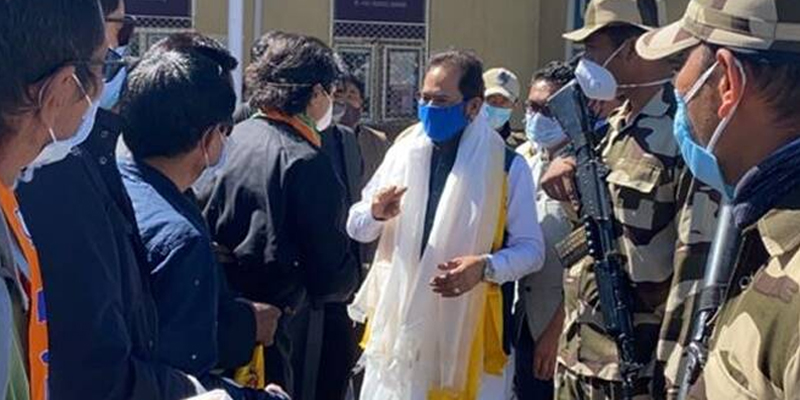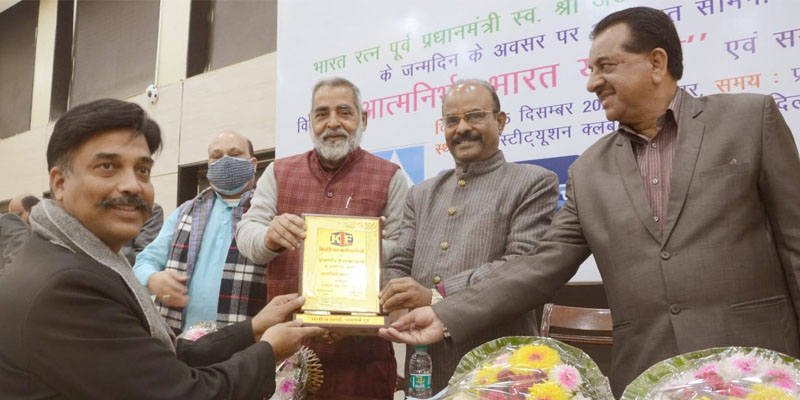With the abolition of the Film Certification Appellate Tribunal (FCAT ) The National Democratic Alliance (NDA) government at the centre has for all practical purposes reintroduced the British Era film censorship in the country.
FCAT was a statutory body constituted by the Ministry of Information and Broadcasting in 1983, under section 5D of the Cinematograph Act, 1952. Its main job was to hear appeals filed under section 5C of the Cinematograph Act, by applicants for certification of films. The Tribunal was headed by a Chairperson and had four members including a Secretary . It was headquartered in New Delhi.
The abolition of Tribunal means that in future filmmakers and produces aggrieved by any decisions of the Board will have to appeal to the High Court which will be not only be very expensive but also time consuming. With inclusion of film personalities in the Tribunal the filmmakers were also certain that they will receive very reasonable decision on their appeals. It remains to be seen how High Court judges unfamiliar with the complexities of filmmaking will take decisions.
India is a country where politically explosive films like Kisa Kursi Ka, Nakshbandhi and Andhi have been made in the past. However , the Central Board of Film Certification( CBFC) popularly known as the Censor Board has been hanging like a sword of Damocles over the heads of film makers in democratic India. Many of its decisions have been quite arbitrary and unreasonable.
All films must get a CBFC Certificate before they can be released in theatres or telecast on television. The CBFC which consists of a Chairperson and 23 members appointed by the central government certifies films under four categories. U: Unrestricted public exhibition ( Suitable for all age groups) U/A: Parental guidance for children under age 12 . A: Restricted to adults (Suitable for 18 years and above and S: Restricted to a specialised group of people, such as engineers, doctors or scientists.
Whenever the CBFC denies certification or suggests arbitrary cuts in any film the filmmakers could approach the Tribunal in appeal. And in most cases the Tribunal has been very quick in giving its decisions and have overturned many of the decisions of the Board.
The filmmakers are completely shattered by the decision to abolish the Tribunal. The Tribunal in several cases championed artistic freedom. It clearerd several recent films like Great Grand Masti , Shheb,Bibi, Golaam; Haraamkhor; Lipstick Under My Burkha and Bbumoshai Bndookbz with an “A” certificate overriding the Censor Board’s objections.
However, in the case of En Dino Muzaffarnagar in August 2014 the FCAT upheld the CBFC’s order refusing to certify the film arguing that the documentary had “ grave potential of creating communal harmony.
Vishal Bharadwaj termed it a “ sad day for cenema”. Hansal Mehta described the abolition of FCAT quite restrictive and arbitrary. Anurag Kashyap said it would discourage filmmakers from making films on serious themes.
The abolition of FCAT is also against the recommendations of the 2013 Justice Mudgal report and the 2016 Shyam Benegal report. While the Mudgal Committee recommended to expand the ambit of FCAT the Benegal Committee recommended that the Tribunal be empowered to cover all grievances under the lines of Broadcasting Content Complaints Council.
The government’s abolition of the Tribunal through an ordinance once again points towards the NDA government’s lack of respect for parliamentary proceedings and democratic norms. Nobody knows what was the emergency that necessitated bringing in an ordinance instead of waiting for the next session of Parliament . Clearly, the government’s intention is to further centralize the power to censor free expression through films. For it is well known that irrespective of party in power the Central Board of Film Certification has always been functioning as strong censorship arm of the government.





























